An onion is a series of petals held together at the root. That root can be very handy as you cut the onion. By leaving as much of it intact as possible, you’ll hold the onion petals together, making them easier to chop. The rule with any round vegetable is to cut a slice off to make a flat surface. Place that flat surface down on the countertop so that the vegetable doesn’t roll around as you’re trying to cut it.
Hold your knife by the blade between your thumb and the first knuckle of your first finger and wrap your other three fingers around the handle. Choking up on the knife blade like this gives you more control.
It’s important to make precise slices through an onion for a number of reasons. First of all, evenly-sized pieces of onion will cook evenly, which is important to the quality of your finished dish. Secondly, just hacking away at an onion will cause you to cry more. When you cut an onion a series of chemical reactions occur that unleash propanethial S-oxide – an irritant that causes the eyes to fill with tears. Fewer precise cuts will minimize this chemical reaction. To avoid crying when slicing onions, you can try wearing contact lenses, glasses or goggles, turning on your vent hood, placing the cut side of the onion down on the cutting board as much as possible or just cut the onion faster!
Quick Notes:
- Always create a flat side to work with so the onion doesn’t roll around.
- Try to cut an onion into evenly sized pieces so that they cook evenly as well.
- Cutting an onion produces a series of chemical reactions that unleashes propanethial S-oxide, an irritant that causes the eyes to fill with tears. Avoid tears by wearing contact lenses, glasses or goggles, turning on a vent hood, placing the cut side of the onion down on the countertop as much as possible or just cut it faster!
- Leave the peel on if you are only using half – the remaining half will stay fresher that way.
- Store onions at room temperature in a cool, dark place.
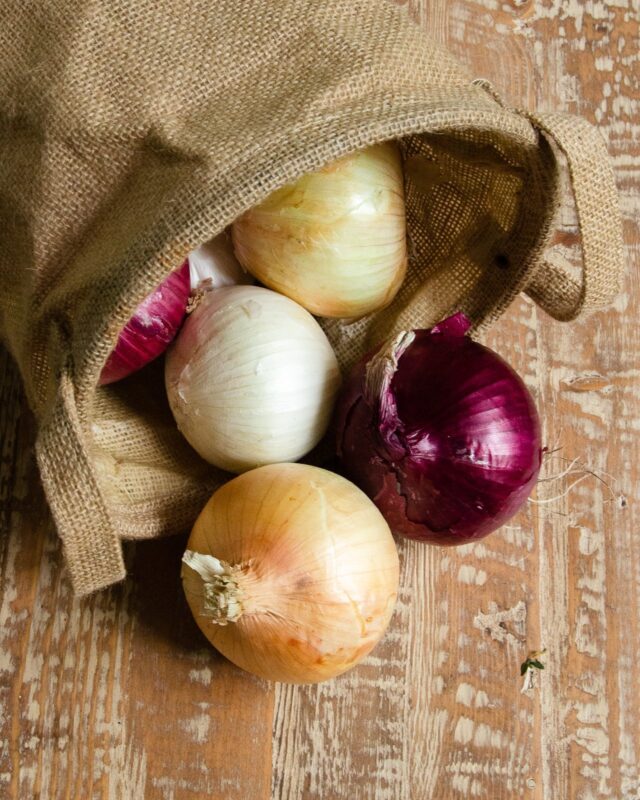
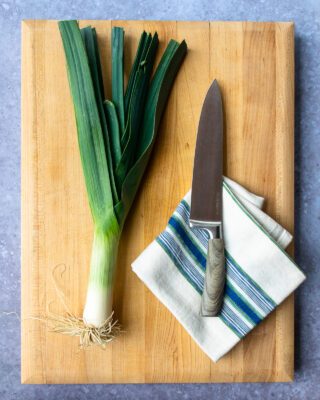
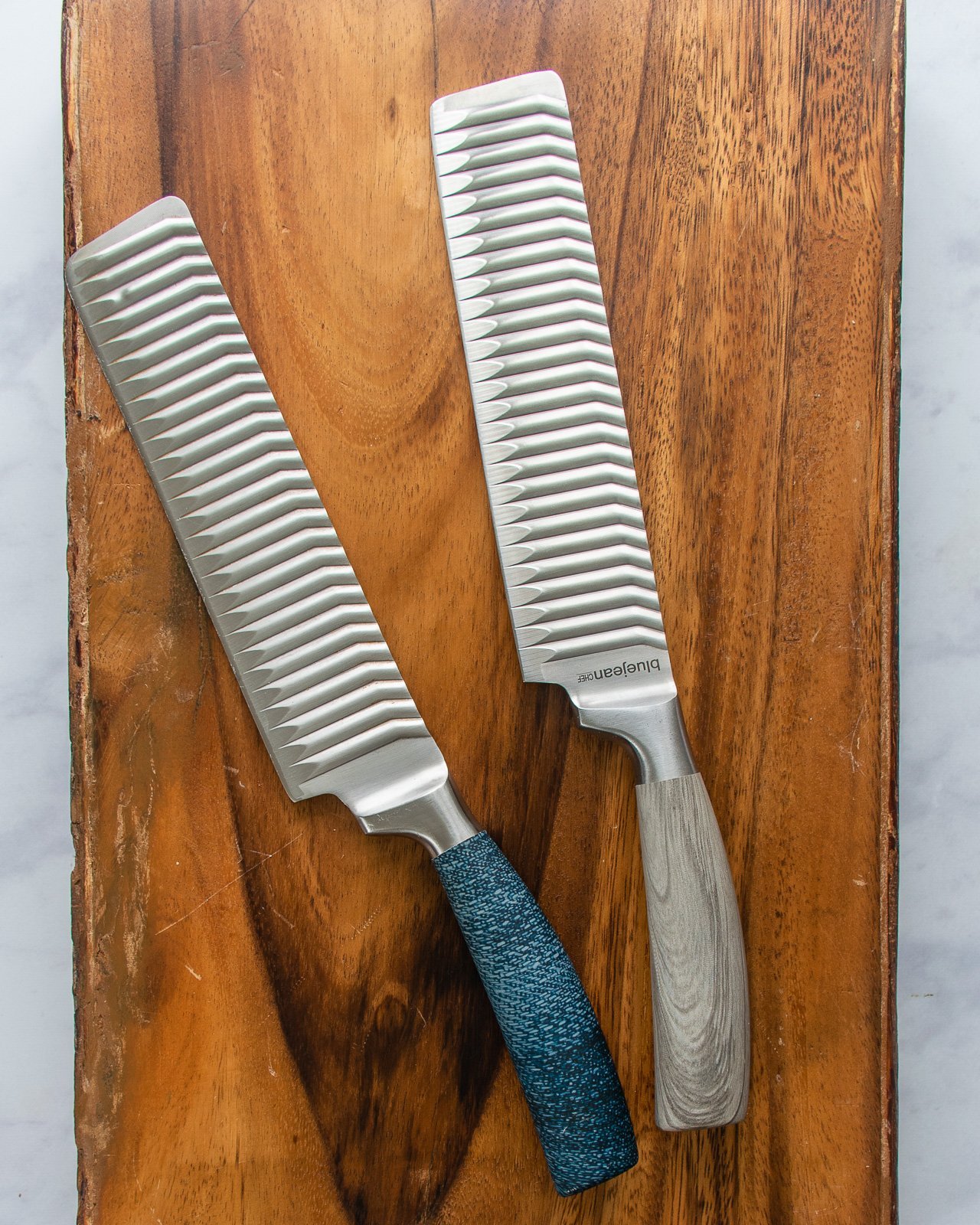
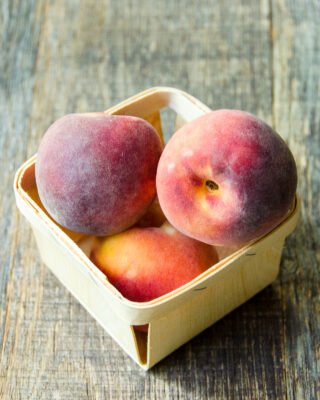
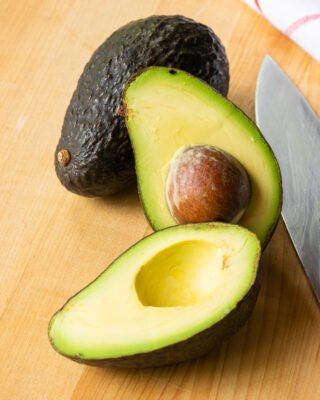
I am a regular here at BJC website. The clear instructions and videos are easy for me to follow. I have tried other sites but keep coming back to Meredith because she is a fantastic instructor, and it’s comforting to format recipes to my own tastes, what I have on hand, etc. I feel successful! Everyone loves my dishes and I keep sending them to this website. 🙂 Today I’m checking in for a refresher on Basic Marinara! I went thru my first batch already. LOL!
Thanks, Tina!
ML
Meredith,
I can’t thank you enough for teaching me so many techniques like cutting up a whole chicken and being able to tell what the pieces are! I have been hacking it for so long! My family says to thank you too!! Also the marinara recipe! Oh! I can’t forget the stuffed cabbage in the pressure cooker! You’re amazing! I already knew that though!! Many thanks!!
Love watching her, just started watching her, found her on Facebook,also watched her on QVC for a long time. Nice to see you Meredith. Just bought your hammered pans from QVC, they are stunning….Love them!!!♥️
I don’t know why culinary schools teach the first way you showed to chop an onion? It is slower and involves a third cut that the second way you showed doesn’t need. The second way is faster because you are not being so careful (keeping the root intact)
I discovered the second way on my own, but I don’t fan the onion slices, I keep them vertical.
Also, it is very easy to go from fine dice, to large cuts using the second technique. Just make the slices thin or thick and the cuts small or large. (Usually on fine dice, I end up laying the last of the onion on its side as it is losing it’s integrity)
Thank you for showing the second way.
Also, for dice and for slices, I do not stop half way through and flip the onion over, I just continue so that at the end my knife is now laying flat with the cutting surface, but in the opposite direction it started from; faster.